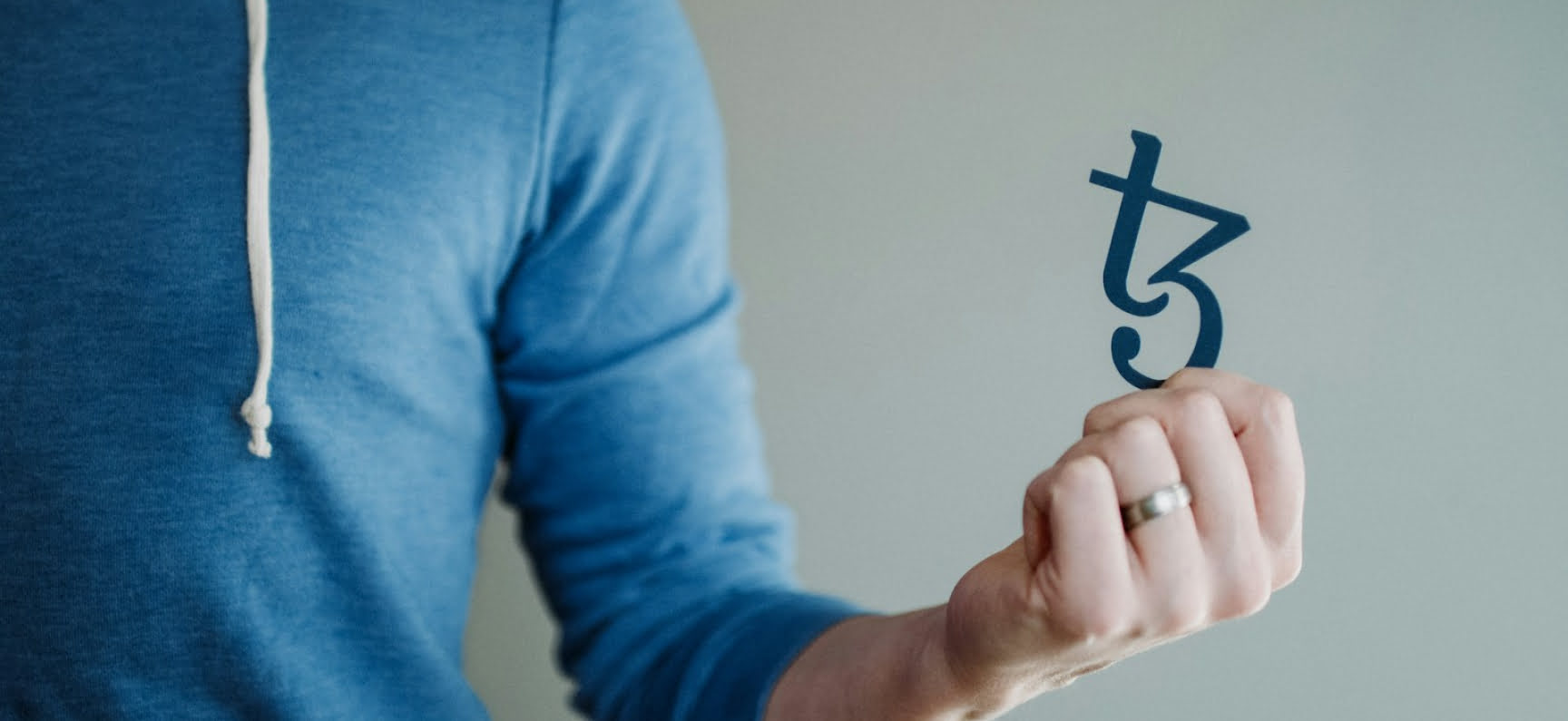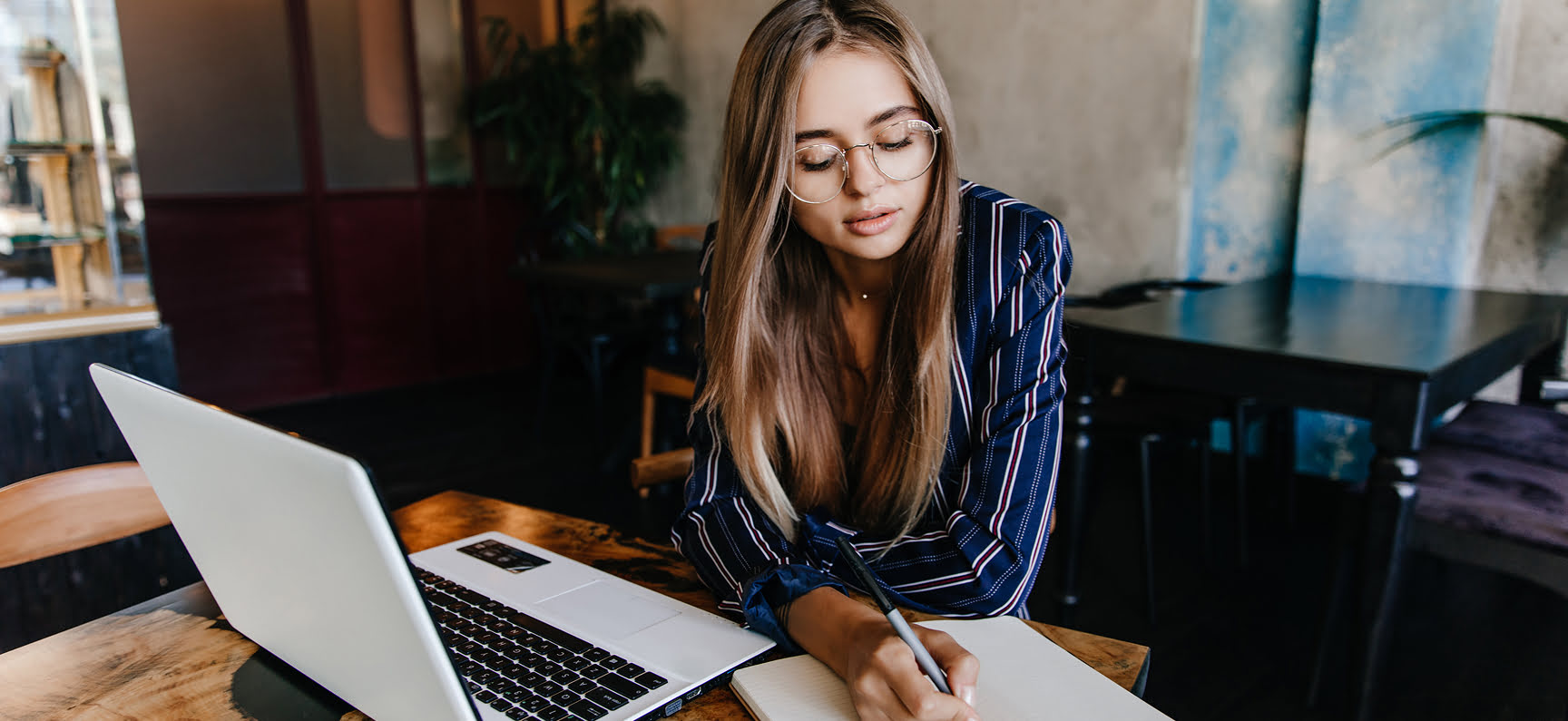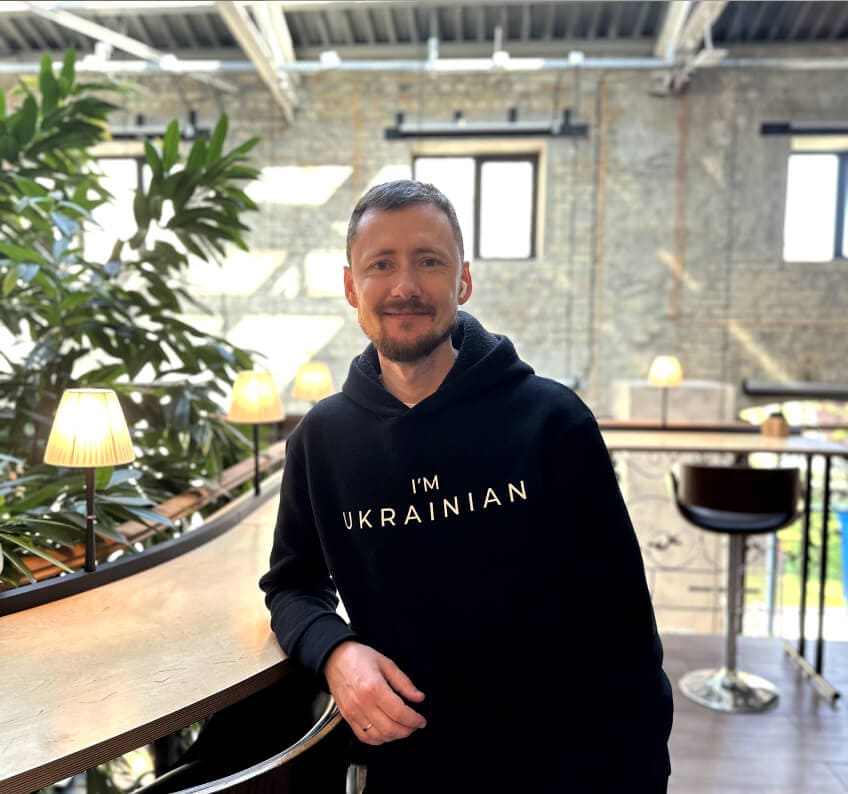What is DeFi?
Decentralized Finance (DeFi) is a decentralized, public and trust-free ecosystem of financial apps on public blockchains, primarily Ethereum. The DeFi ecosystem on Ethereum has been the market leader since its inception. Any Internet user can interact with the ecosystem and manage assets through peer-to-peer (P2P) and decentralized applications (dApps).
Blockchain is a distributed database in which information about completed transactions is stored as a continuous chain of blocks. The main advantage of DeFi systems over other systems is that with DeFi, users can take advantage of lower transaction rates, higher interest rates or the ability to diversify investments. A smart contract is a computer algorithm that accurately executes a given agreement between two or more parties to a transaction. Decentralization of financial services is closely linked to the concept of Web3, the next evolution of the Internet in the near future. As you have already realized, in the DeFi development process, you will need to create a smart contract.
Most DeFi protocols run on the Ethereum blockchain. Although activity is growing on other platforms such as Polkadot or EOS. Smart contracts execute on the blockchain the conditions laid down for the transaction and make a financial turnover within a given venue 🙂. A DeFi protocol uses code called smart contracts that run on the blockchain. ARTJOKER applies years of experience in software development and proven expertise in blockchain development to implement robust DeFi solutions.
Best DeFi Opportunities
DeFi-applications, like any element of the financial system, have their opportunities. We will tell you everything you need to know about DeFi opportunities:
- Easy access to financial services.
- Once it's up and running, the DeFi-application can operate independently with little or no human intervention.
- One of the best things about DeFi is that when you create a cryptocurrency wallet, you can not only store your crypto-assets, but also make transactions through it.
- Control over the ecosystem is evenly distributed among all participants in the network.
TOP DeFi Projects in 2022
ARTJOKER highlighted the top DeFi projects to watch in 2022:
1. Colony Lab (CLY);

Colony Labs is a liquidity pool that applies the traditional characteristics of venture capital to the DeFi sector. The goal is to grow and invest in the Avalanche ecosystem by offering financial assistance to existing and new projects and initiatives. These projects are either new or established, and the community decides which initiatives will receive funds, making Colony Labs one of the best places to invest in DeFi cryptocurrency. Colony Lab is one of the best DeFi projects for 2022.
2. Avalanche (Avax);
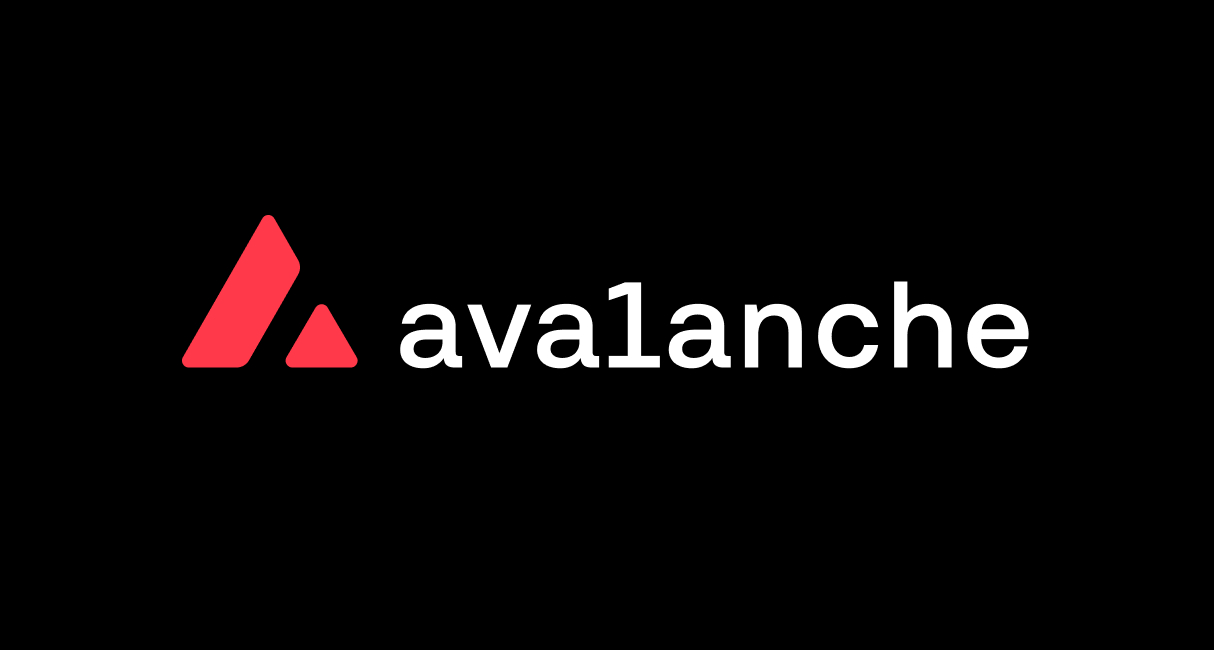
The Avalanche network aims to solve the scalability and decentralization problems typical of first- and second-generation blockchains. For this purpose, Avalanche uses a unique approach and relies on three blockchains at once: the mainnet is a combination of C-Chain, X-Chain and P-Chain. Considering that Avalanche is an incredibly fast, inexpensive and environmentally friendly cryptocurrency, it can safely be called one of the most popular and successful DeFi projects.
3. Wrapped Bitcoin (WBTC);
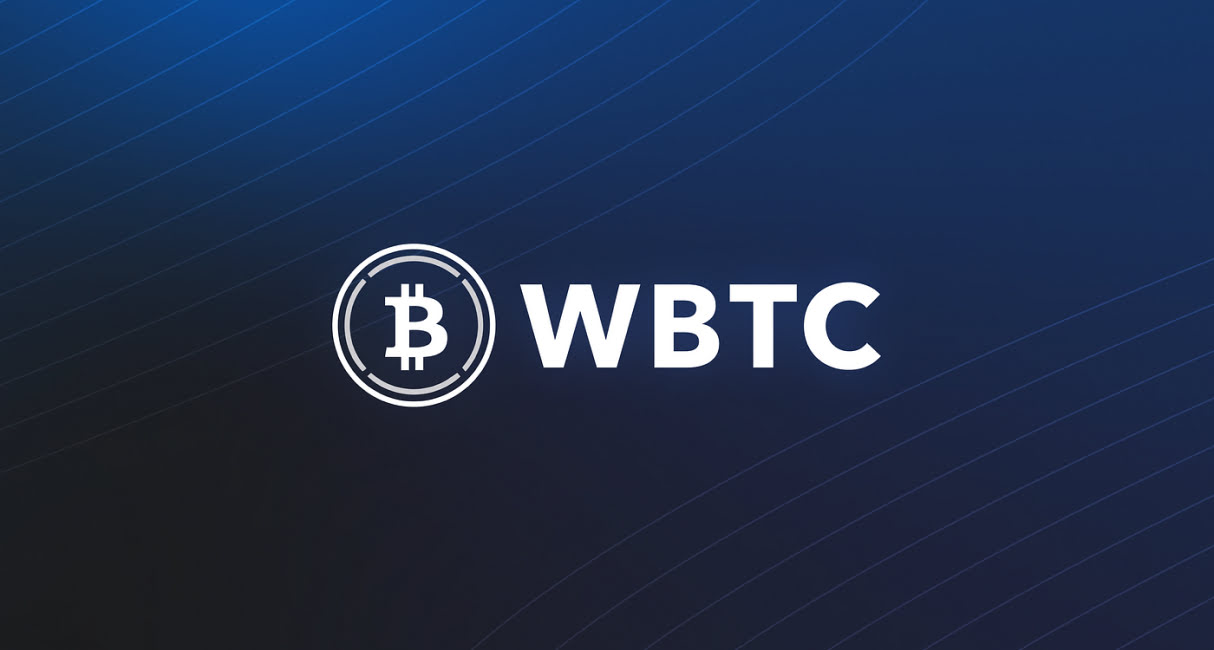
Wrapped Bitcoin is a tool that helps bitcoin owners earn from the capabilities of the ETH blockchain, without having to pre-exchange the cryptocurrency for ERC-20 standard tokens. With the help of "wrapped" bitcoins, developers solved the problem of incompatibility of BTC and Ethereum blockchains. Wrapped technology helps transfer cryptocurrency to another network by creating its tokenized version.
4. Chainlink (Link);

Chainlink provides external data to Ethereum smart contracts, that is, it connects blockchains to the real world. Chainlink uses a network of nodes to ensure the reliability and validity of the data transmitted by smart contracts.
5. Uniswap (UNI);
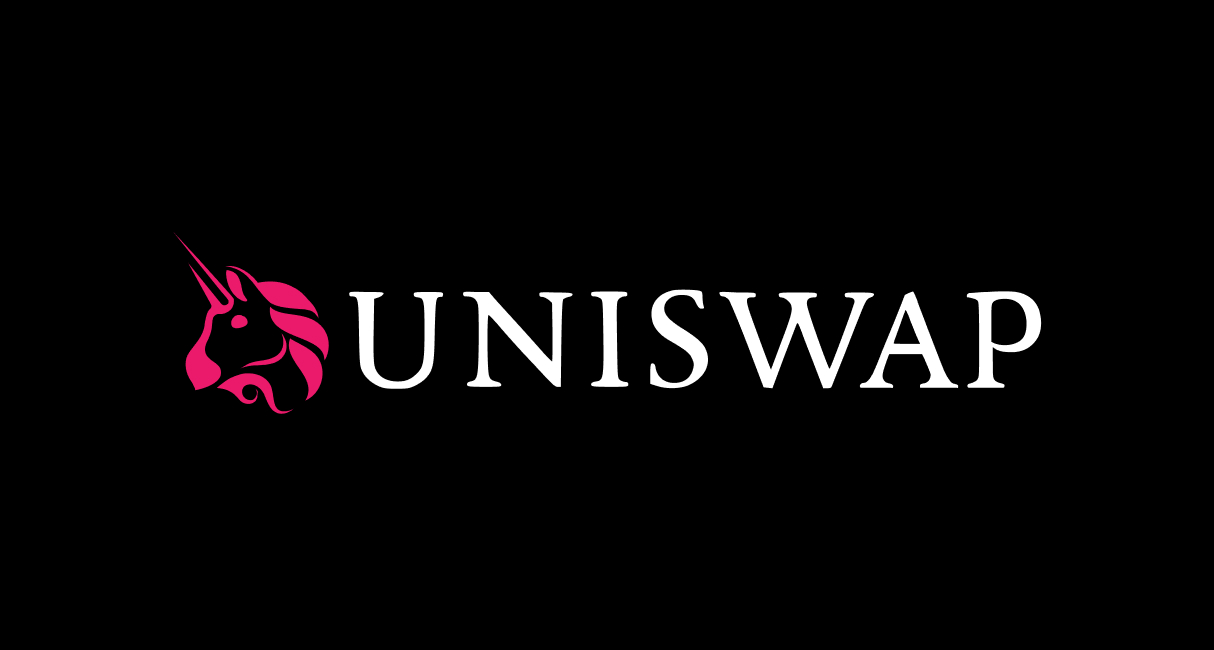
Uniswap is a decentralized, open-source exchange protocol built on the Ethereum blockchain and powered by smart contracts.Uniswap allows users to trade without intermediaries, with a high degree of decentralization and resistance to censorship.
Advantages and Disadvantages of DeFi Applications
DeFi applications, like any element of the financial system, have their advantages and disadvantages. Let's talk about advantages and disadvantages of DeFi. Here are the main advantages:
- Decentralization. Unlike the public financial system, DeFi has no centralized management structures. All the rules of business operations here are hardwired into smart contracts.
- Open source. The source code of DeFi applications is always in free access. Any user can check its reliability, security and functionality.
- Clarity. Cryptocurrencies are attributed to anonymity because blockchain accounts consist only of numerical addresses that make it impossible to tell who they belong to.
- Availability.
- Simplicity.
Speaking of pros and cons of DeFi, we can't help but mention disadvantages of DeFi applications:
- There are no clear regulatory rules.
- No one is responsible for you. Financial institutions are not responsible for customer actions within the DeFi system.
- Dramatic price fluctuations. Crypto-asset prices can rise or fall sharply.
- The risk of smart contract hacks. A critical bug in the protocols can harm the entire system. In such a situation, hackers can infiltrate any network chain and steal customers’ cryptocurrency.
- Small amounts for loans. Loan amounts in the DeFi sector are smaller than in banks and other financial institutions.
- Excessive hype and fraud.
How to Start a DeFi project?
If you do decide to start a DeFi project, despite all the risks, you will need a cryptocurrency that supports DeFi protocols. First and foremost is Tether (USDT), the world's largest stablecoin by capitalization.
You can't buy USDT from a card directly on DeFi-platforms. The most reliable and at the same time simple way is to buy USDT from a bank card in a regulated crypto-exchange, such as the instant exchange service from cryptocurrency exchange FREE2EX. It requires a short registration, but afterwards you can buy USDT, BTC, ETH and other cryptocurrencies in any amount in seconds. Before creating your own project, we recommend checking out the examples of DeFi projects.
In addition to the crypto itself, you'll need a MetaMask wallet to participate in DeFi. There are many blockchain wallets on the market, but it is MetaMask that is supported by all defy protocols.
Purchased USDTs need to be sent to MetaMask, and then link the wallet to the chosen DeFi protocol. Usually the defy application itself prompts you to do this. After establishing a connection with the wallet, you can place the funds on the protocol. If you decide to build DeFi app, our experienced and professional development team will be happy to help you.
DeFi Types
The DeFi ecosystem replicates the model of traditional financial services: decentralized exchanges (DEX) replace platforms with a single control center, lending services replace banks, and management tokens replace voting shares.
DeFi-protocol mechanisms are embedded in smart contracts, which require only one kind of intermediary - liquidity providers.
- Lending and borrowing. Users can borrow a crypto-asset by providing another as collateral, and best DeFi protocols 2022 help make the lending/borrowing process transparent and easy. Some of the biggest lending projects on the DeFi marketplace include: Aave, Compound, Maker, Aqru and Nexo.
- Derivatives. A derivative is an instrument whose value depends on or is derived from an underlying asset or group of assets. It is essentially a type of contract between parties who undertake to transfer a predetermined asset at a certain date and price. The best DeFi derivatives platforms: OPYN, Synthetix, Hegic, dYdX and UMA.
- Decentralized Exchanges (DEX). It is a platform that provides the ability to exchange one cryptocurrency for another, provide liquidity for other exchanges, and engage in staking and farming. About it all in order. Top DeFi Decentralized Exchanges platforms: PancakeSwap Exchange, Uniswap DEX, SushiSwap Exchange, KyberSwap Exchange and 1inch Exchange.
- Payment solutions. DeFi platforms are trying to make payments less of a hassle by offering users lower fees than traditional financial institutions charge. Best DeFi payment platforms: Celer Network, Connext, Lightning Network, Matic and OmiseGO.
- NFTS. Non-fungible tokens (NFTs) are a type of collectible item that have recently shown extremely high value. DeFi and NFT have already begun to steadily conquer the world: digital collectibles on the blockchain right now are fueling an all-out cryptocurrency retail craze, partly because they are cool, and partly because the market seems to have finally realized that provable ownership of digital goods can accrue real value. DeFi plays an important role in NFT development. Top DeFi NFT platforms: Hector Finance, Altered State Machine and Creaticles.
- Assets. Many financial media have been attracted to the use of DeFi in asset management. There has also been a growing interest in finding the best and most appropriate asset management tools. Decentralized asset management tools can change the traditional view of asset management and demonstrate all advantages of DeFi through compatibility, reliability, interoperability and transparency. So, here are the best asset management tools for DeFi: Convex Finance, yearn.finance, Rari Capital, Fei Protocol and RenVM.
What's the Difference Between DeFi and dApps?
Now let's talk about dApps vs Defi. Despite the fact that DeFi, and dApps are decentralized and their characteristics are very similar, we can make a comparison and understand that there is an important difference: DeFi is built on dApps and is focused on commercial uses. At the same time, dApps can be used not only in the financial sphere, but also in the creation of gaming applications, web browsers, education and other purposes. The second important difference is that dApps use smart contracts. Everyone associated with dApp development knows that dApps work on P2P computer networks, while DeFi is limited to blockchain networks.
What is DeFi Pulse?

DeFi Pulse is a website created to analyze and track different types of DeFi protocols. In addition, the site displays the total amount of smart contracts and decentralized finance protocols. Along with the growing popularity of DeFi, there are a huge number of newcomers. Fortunately, there is the DeFi Pulse site. Without exaggeration, this site has great value for its users.
On the site, you can find rankings and examples of DeFi protocols. In The DeFi List section of the site, you can explore a collection of the best DeFi resources. The site also has a news section covering the latest news and features in DeFi.
What is DappRadar?
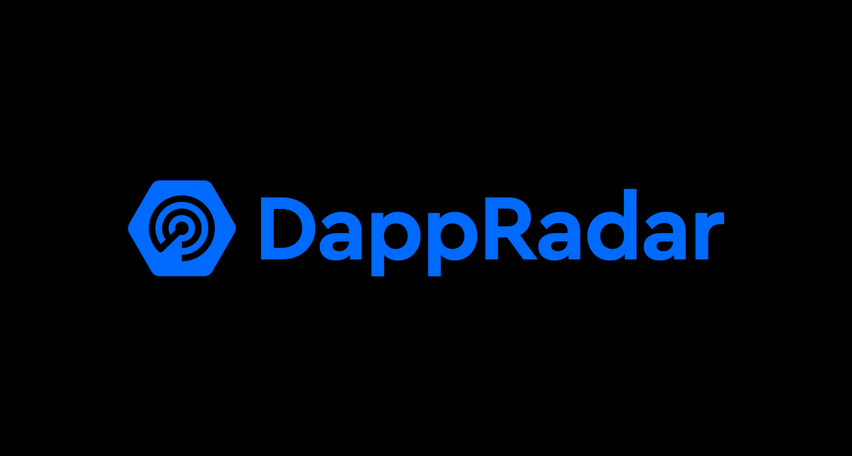
DappRadar is an innovative platform for promoting dApps that helps you learn all about any decentralized app. DappsRadar makes it possible to find out almost all the "details" of any application presented on the platform: the number of users, the amount of cryptocurrency on a smart contract address, the number of transactions, user activity, and so on.
All of this data is tracked throughout the life of the app. Blockchain does not allow the authors of smart contracts to hide anything. In addition, the service is actively engaged in countermeasures against scammers. First and foremost, it detects "fake" traffic generated by bots and app owners. The list of DeFi protocols is regularly updated.
Conclusion
Decentralized finance, or DeFi, loosely describes an alternative finance ecosystem where consumers transfer, trade, borrow and lend cryptocurrency, theoretically independently of traditional financial institutions and the regulatory structures that have been built around Wall Street and banking. The DeFi movement aims to “disintermediate” finance, using computer code to eliminate the need for trust and middlemen from transactions.
— The New York Times
In the long term, the development of decentralized finance provides an open financial system without intermediaries or corruption. Despite being a relatively new segment of the cryptocurrency market, it is quite well developed.
At the same time, the pace of development is only accelerating. Subscribe to our social networks to follow all the news!
Similar articles
View allyour business
together
- PROJECT INQUIRIES info@artjoker.net
- CALL US +1 213 423 05 84
contact us:
